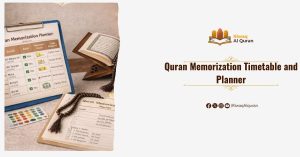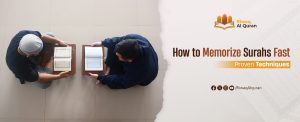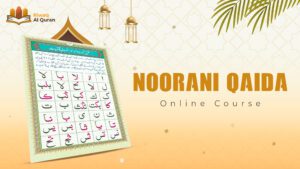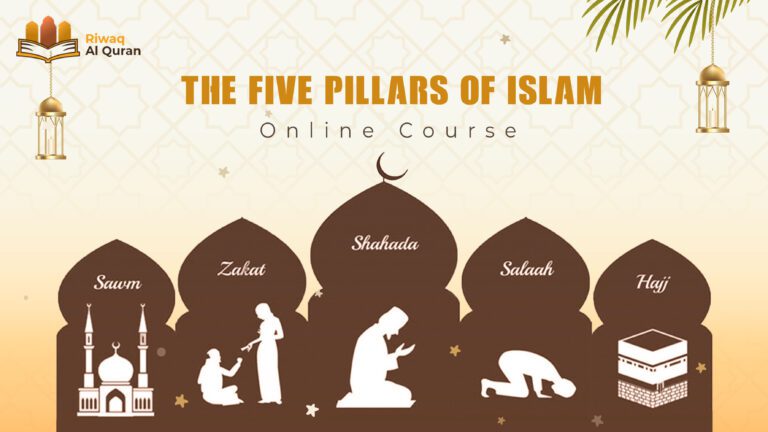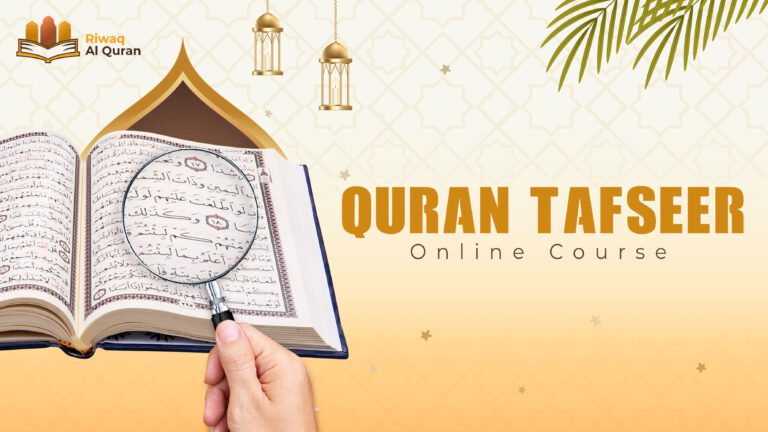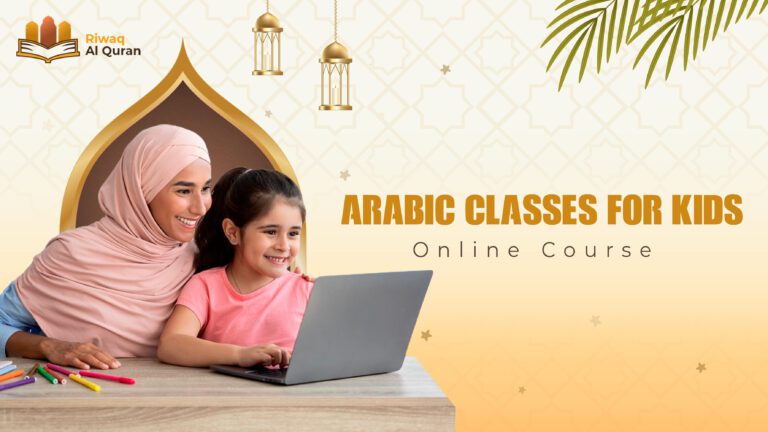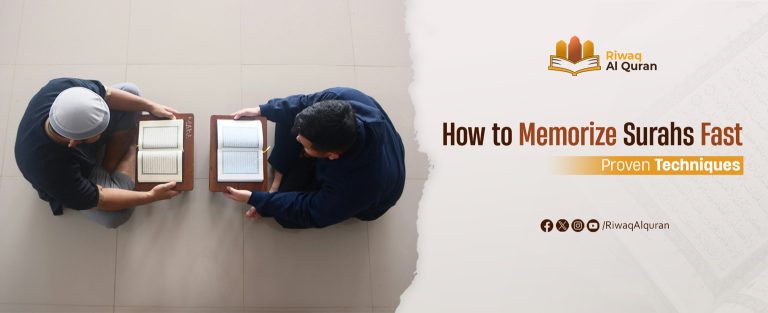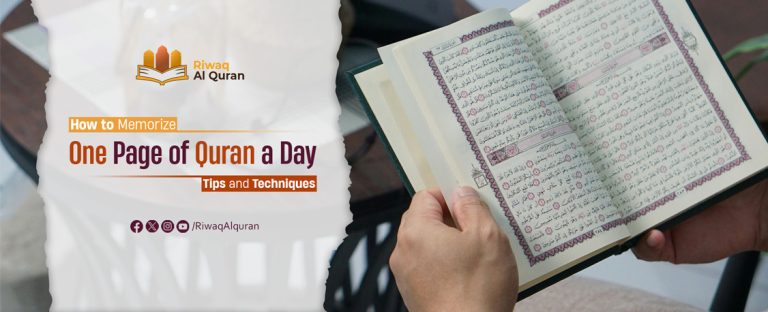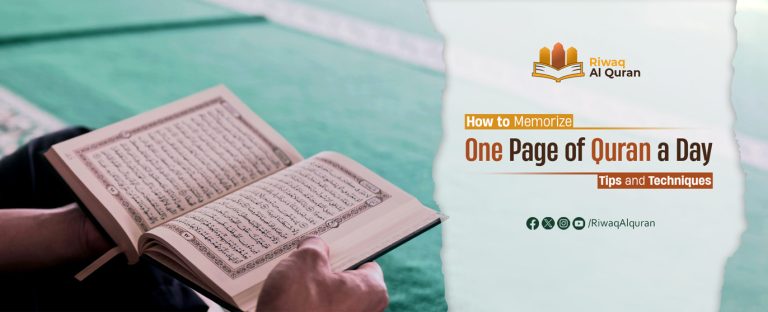Quranic Arabic and Modern Standard Arabic (MSA) are two important forms of the Arabic language, each serving different purposes. Quranic Arabic refers to the classical language of the Quran, preserved for religious texts and prayers, while MSA is the contemporary formal Arabic used in media, literature, and official communication across the Arab world. Understanding the differences between them is essential for anyone learning Arabic, especially for religious or academic purposes.
Though both share a common foundation, Quranic Arabic features more complex grammar, archaic vocabulary, and strict pronunciation rules (Tajweed), whereas MSA is simplified for modern use and easier communication. While Quranic Arabic remains mostly in religious contexts, MSA acts as a bridge across Arabic-speaking countries, connecting speakers of diverse dialects.
Table of Contents
Quranic Arabic
The Arabic language as it appears in the Quran, the holy book of Islam, is known as Quranic Arabic. It is basically Classical Arabic, which was the language used when the Quran was revealed in the seventh century. Consider it the formal, formal model of Arabic.
One of the main reasons Quranic Arabic is significant is because it has been maintained in its original state. Muslims across the world learn passages from the Quran in exact terms that were revealed more than 1,400 years ago and recite it during prayers.
If you wish to learn Quranic Arabic in-depth, check out the guide below:
A Full Guide For Learning Quranic Arabic For Beginners
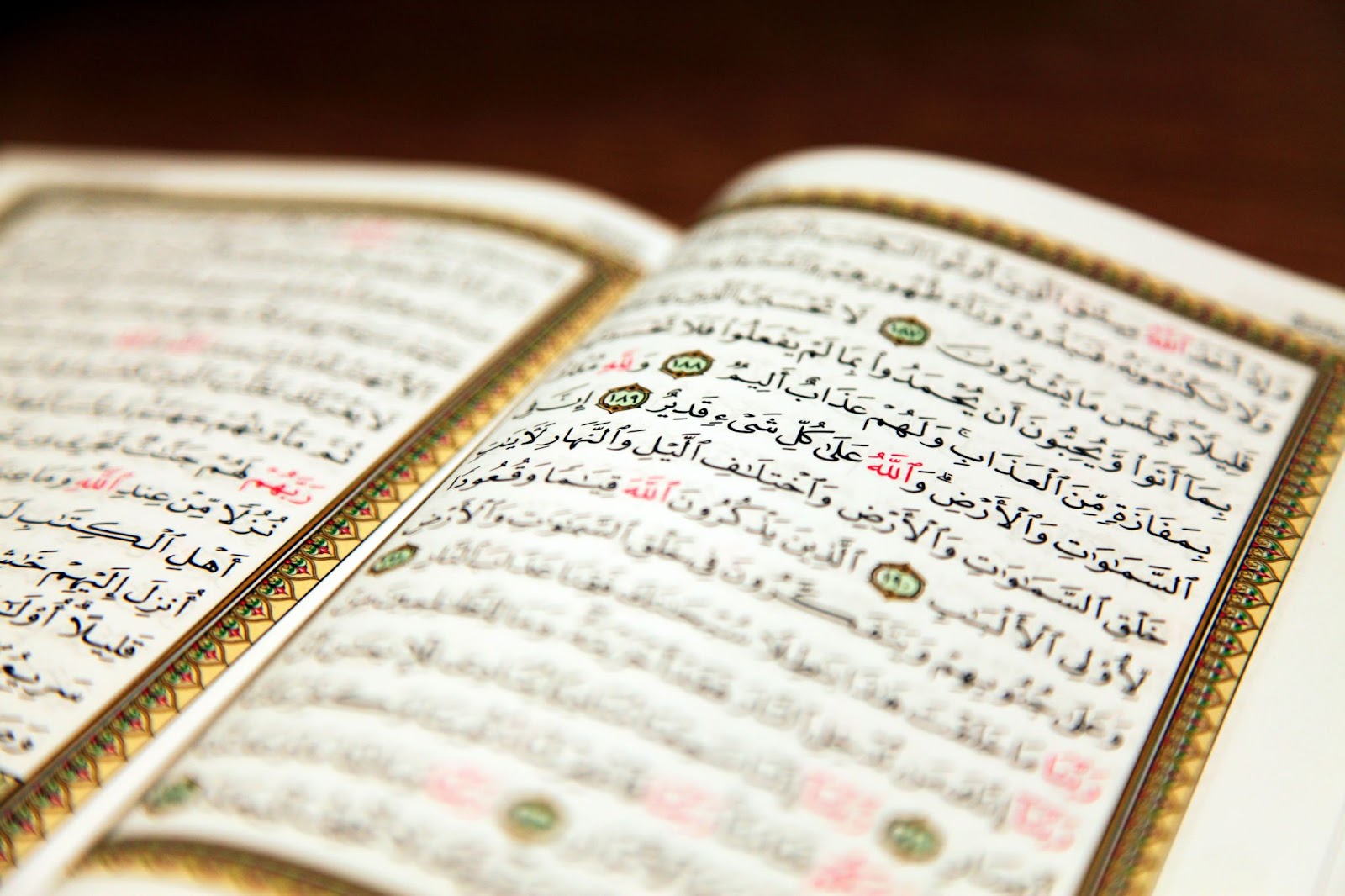
Modern Standard Arabic (MSA)
Modern Standard Arabic is the official version of Arabic that is commonly used in writing, legal documents, journalism, literature, and the media. It originated from Classical Arabic, becoming the most common tongue for official communication throughout the Arab world.
MSA is taught in schools and universities, and it is widely understood in Arabic-speaking nations, but it is rarely used in ordinary conversation, as the Arabic speakers prefer to use their native dialects (that already originated from Classical Arabic) of their own countries.

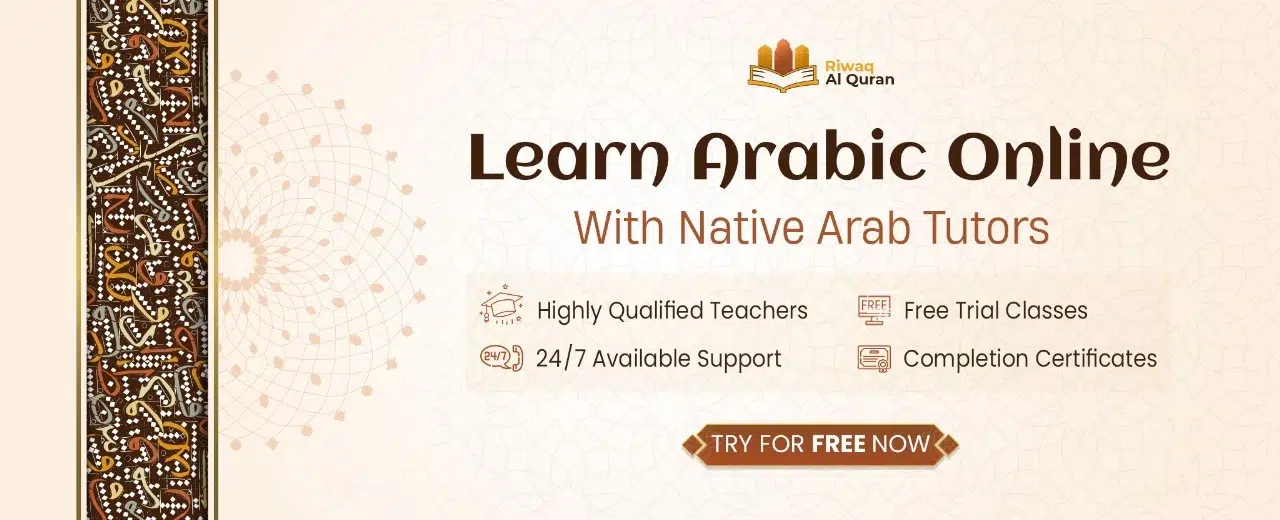
Quranic Arabic vs. Modern Standard Arabic (MSA)
one of the most frequently asked questions by new learners is “What’s the difference between Quranic Arabic and Modern Standard Arabic?”
Briefly, the primary distinction between Modern Standard Arabic (MSA) and Quranic (Classical) Arabic is in their usage and structure. Quranic Arabic is commonly found in religious books and classical literature, but MSA is the language utilized in official communication, media, and everyday speech. Despite their variations, both have the same foundation, allowing fluent Arabic speakers to effortlessly switch between the two with small changes.
On the other hand, to break down the similarities and differences between the Quranic Arabic and MSA:
1. Difference Between Quranic And Modern Arabic in Definition:
- Quranic Arabic: The Arabic dialect used in the Qur’an is referred to as Quranic Arabic, Classical Arabic, or Fus’ha. It is considered the sacred language of Islamic religion and appears in early Arabic poetry and literature.
- Modern Standard Arabic (MSA): is the modern version of Classical Arabic and is used around the Arab countries today in official contexts, such as the media, academics, literature, and official speeches.
2. Different Usages Of Quranic And Modern Arabic:
- Quranic Arabic: is mostly employed in religious settings, classical literature, and research works on Islamic regulations. Furthermore, Quranic Arabic is regarded as a refined version of Classical Arabic, with more expressive and metaphorical elements.
- Modern Standard Arabic (MSA): is used in programs, books, political discussions, and formal writing.
Furthermore, MSA is closer to Quranic Arabic than colloquial dialects, but with more current words and simplified forms.
3. Grammar and Syntax Differences:
- Quranic Arabic: can be more complicated, reflecting the text’s expressive and spiritual tone. Furthermore, Quranic Arabic adheres to stricter grammatical standards, such as the use of subjunctive and jussive verb forms.
- Modern Standard Arabic: is a simplified form of classical grammar that is easier to find to present-day speakers and learners.
In addition, Sentence structures are clearer than the complex forms seen in Quranic Arabic.
Also, some sophisticated verb forms and grammatical circumstances, such as the intricacies of the subjunctive and jussive moods, are rarely employed or made simpler.
4. Vocabulary Difference Between Quranic And Modern Arabic:
- Quranic Arabic: Quranic Arabic terms often have specific and time-honored connotations. It also frequently employs metaphorical and allegorical language that must be interpreted on the basis of the context.
- Modern Standard Arabic (MSA): While much of the vocabulary is identical to Classical Arabic, MSA introduces new terminology, particularly for technology, science, and modern living.
Furthermore, MSA frequently borrows from other languages and creates slang terms in order to keep up with new technological advances.
5. Pronunciation Differences:
- Quranic Arabic:
- To accurately express the meaning of the Qur’an, strict Tajweed (pronunciation and reciting guidelines) must be followed.
- Certain vowel and consonant sounds may be pronounced differently than they are nowadays.
- Modern Standard Arabic (MSA):
- MSA pronunciation is formal, although it does not require the same level of precision as Tajweed.
- Certain characters may be pronounced variously in different regions of the Arab world. For example, the letter “ج” is spelled as “g” in Egypt but “j” elsewhere.
6. Relation to Dialects:
- Quranic Arabic: Nowadays, Quranic Arabic is rarely spoken in conversation. However, some Quranic phrases may emerge in religious discourse or Arabic poetry.
- Modern Standard Arabic (MSA): is not considered a “native” language. In everyday life, most Arabs use their local dialect (such as Egyptian Arabic, Levantine Arabic, and so on) before switching to MSA for formal situations.
7. Learning Difficulty:
- Quranic Arabic: Because of its ancient structure and terminology, it might be more difficult for students, particularly those unfamiliar with its religious background.
- Modern Standard Arabic (MSA): Is still regarded a difficult language due to its grammatical complexity, but it is frequently more accessible to learners because of its importance in media and academics.
| Feature | Quranic Arabic | Modern Standard Arabic (MSA) |
| Usage | Religious texts, classical literature | Media, academia, formal contexts |
| Grammar | More complex, poetic | Simplified, more accessible |
| Vocabulary | Archaic, metaphorical | Modern, includes neologisms |
| Pronunciation | Tajweed rules for recitation | Formal, regional variation exists |
| Learning | More challenging due to complexity | Easier than Quranic, still complex |
| Relation to Dialects | Not spoken in daily life | Formal version, dialects for casual speech |
In short, Quranic Arabic preserves the traditional sacred language, whereas MSA is more adaptable and meets current needs.
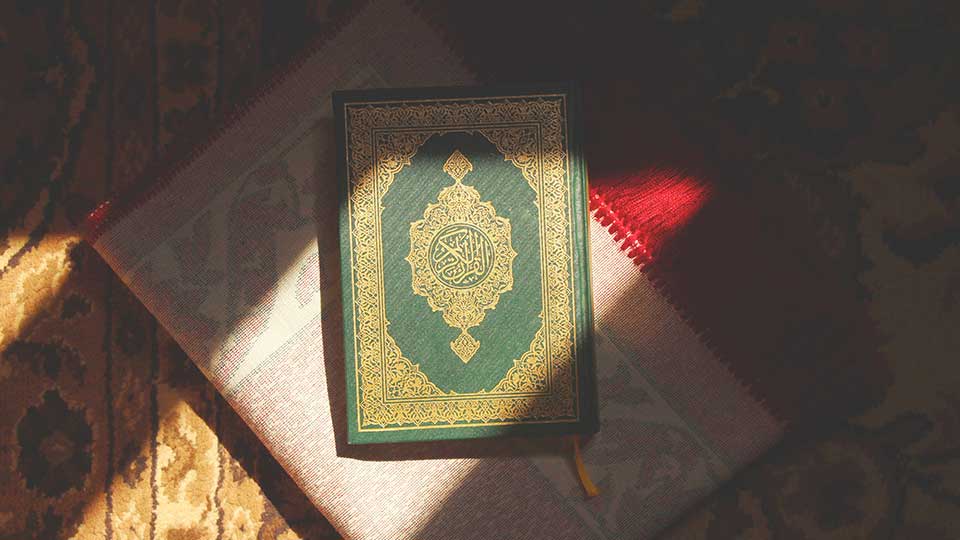
Quranic Arabic vs. Dialects
- Pronunciation: Dialects frequently simplify the sounds. Egyptians pronounce the letter “ج” as a soft “g,” while Quranic Arabic pronounces it as “j.”
- Grammar: Dialects utilize weaker grammatical restrictions than Quranic Arabic. This makes them more practical for daily use while remaining less formal.
- Vocabulary: Vocabulary varies by dialect. For example, “car” in Egyptian Arabic is “ʿarabiya,” whereas in Moroccan Arabic, it’s “ṭūmūbīl,” which comes from French.


Learn Quran, Arabic And Islamic Studies
Riwaq Al Quran is a comprehensive online platform that offers personalized Quran, Arabic and Islamic Studies Online classes for individuals of all ages and backgrounds.
Their experienced instructors use a structured curriculum to cover Tajweed, Tafsir, and Memorization, providing easy and effective access to learning the Quran.
The advanced online classes allow for seamless communication and interaction between students and teachers. Join Riwaq Al Quran for a deeper connection with the Quran.
We offer several courses such as:
- Online courses for kids.
- Online Quran classes for kids and adults.
- Online Arabic courses
- Online Ijazah courses
- Online Islamic Studies courses.
Conclusion
In summary, Quranic Arabic preserves the sacred, classical form of the language, vital for religious study and understanding the Quran. Modern Standard Arabic, meanwhile, adapts classical grammar and vocabulary for contemporary use in media, education, and formal settings. Both forms are closely related but differ in complexity, usage, and pronunciation.
Learning these distinctions helps students read Quranic texts accurately and engage effectively in modern Arabic communication. Platforms like Riwaq Al Quran offer specialized courses to deepen your understanding of Quranic Arabic, MSA, and Islamic studies, making your Arabic learning journey both meaningful and practical.


